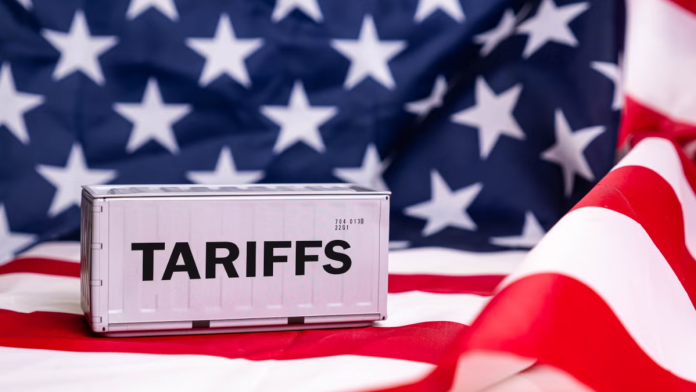A new executive order from the United States has caught many by surprise. Despite recent agreements between the US and Pakistan on trade and energy cooperation, Pakistani goods will now face a 19% tariff when entering the American market. The move is part of a larger revision of tariffs imposed on multiple countries and is set to take effect in early August.
Tariffs are special taxes placed on imported goods. These taxes often make foreign products more expensive in the US market. For exporting countries, this can lead to reduced sales and economic strain on businesses that depend on overseas buyers.
New Tariffs Hit Pakistani Goods
As part of a wide-ranging policy change, the United States has revised its import tariff list. One of the most notable updates is the 19% duty now applied to exports from Pakistan. This comes after a previously higher rate of 29%, which had made it more difficult for Pakistani products to stay competitive in the US.
🛢️ Tariff terror averted — U.S.–South Korea ink explosive $100B energy & $350B investment pact
The announcement is surprising because it follows shortly after a trade agreement was reached between both countries. The deal had raised hopes of reduced trade barriers and a more supportive economic relationship. Instead, exporters now face continued pressure with only a partial reduction in duties.
According to the official notice, the new rates will become active on August 7, starting at 12:01 AM Eastern Daylight Time. This applies to all goods imported for consumption or released from warehouses in the United States.
Oil Partnership Doesn’t Prevent Tariff Blow
Alongside the trade deal, both nations also confirmed a partnership in oil development. A joint plan was announced for cooperation on exploring and producing energy from Pakistan’s untapped reserves. An energy company is expected to be chosen soon to manage the effort.
💣 $87 billion in danger — Trump’s 25% tariff plus penalty sends shockwaves through Indian businesses
This created optimism that the strengthened relationship would result in better trade terms. Some even speculated that Pakistan could eventually export oil to other countries in the region. But soon after the energy announcement, the tariff revision was released—keeping Pakistan among the countries still facing high duties.
Even though the new rate is lower than before, many view the timing as unexpected. Especially given the recent agreements, the move suggests that economic partnerships alone were not enough to influence tariff decisions.
Other countries also faced hikes, with some being taxed at 25% or more. Yet the inclusion of Pakistan, despite the positive momentum in trade and energy cooperation, stood out as a significant development.
👉 One deal, 15% tariff, and a trade war averted — inside the EU–US pact
Official Reason Behind the Tariffs
In the executive order, it was explained that the new tariff structure was based on a country’s alignment with the United States on trade, economics, and national security. According to the order, only those countries that showed “sincere intentions” and meaningful commitments were considered for relaxed trade terms.
The document noted that some countries failed to reach acceptable terms in negotiations, while others did not fully engage. As a result, they were included in the updated list of nations whose exports would continue to be taxed when entering the US market.
The revised tariff list reflects what officials called a more strategic approach, rewarding cooperative partners and placing pressure on others to align more closely with US standards and policies.
For Pakistan, this means that even after recent deals, its exports remain under significant tariff pressure, affecting a wide range of products sold to the United States.


